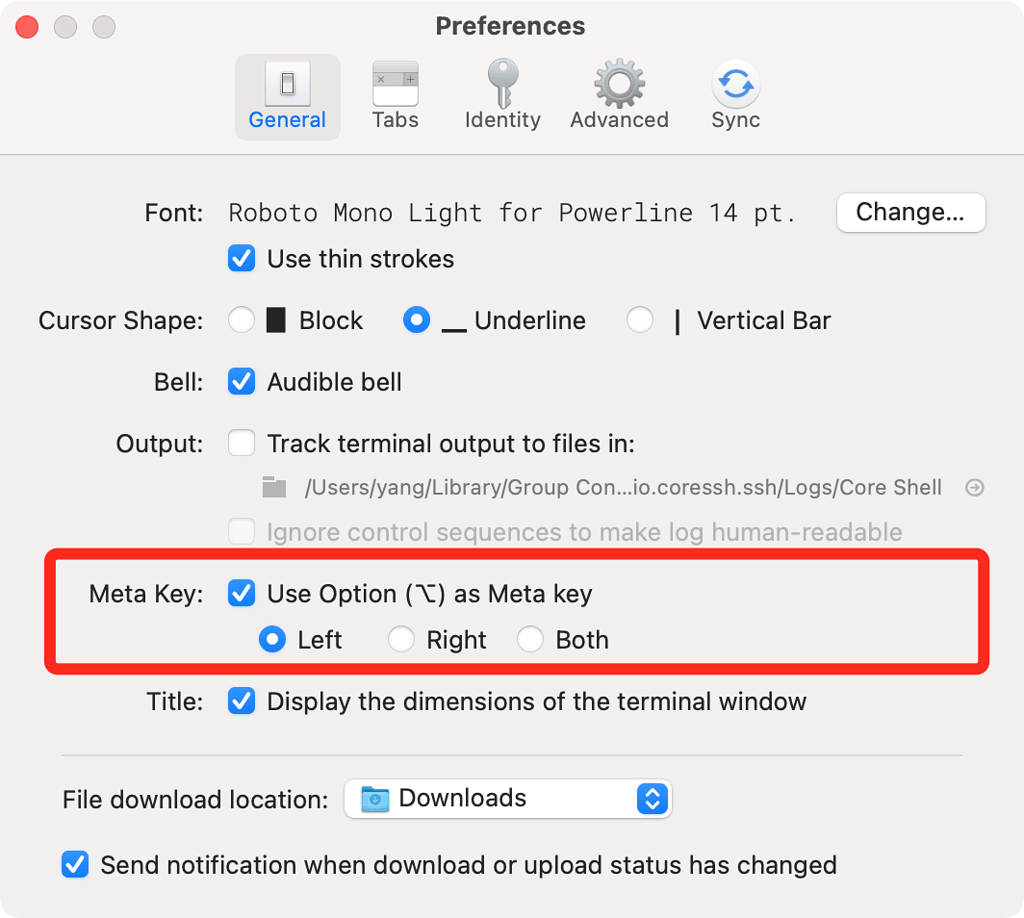



- #SHORTCUT TO OPEN TERMINAL FULL#
- #SHORTCUT TO OPEN TERMINAL WINDOWS 10#
- #SHORTCUT TO OPEN TERMINAL WINDOWS#
Whereas Windows Powershell does work in most ways identically to Command Prompt, I have encountered at least one case in which Windows Powershell was erroneously misreading my (when I was generating javadocs) and not producing the desired result. This can be frustrating as there is limited visual confirmation when you are pressing those Tab keystrokes. Unfortunately the method brings your cursor in Windows Explorer away from the main window and requires a number of Tab keystrokes to get it back to where you can navigate folders using the arrow keys. However, it is elegant only if you do not intend to return to the Windows Explorer window to continue navigating among directories. This will give you access to Command Prompt within Windows Powershell.Īshwin Nanjappa's method of Ctrl + L, type cmd then press Enter works. Once in Windows Powershell, type cmd then press Enter. Shift + Menu, S opens up Windows Powershell in the target folder. Instead, you now have Windows Powershell. The problem is that Command Prompt is no longer available in the Extended Right-Click Menu. However, a small modification can present a workaround, albeit with a few more keystrokes.
#SHORTCUT TO OPEN TERMINAL WINDOWS 10#
with autohotkeys you can do the same, but i do not know autohotkeys.Īs of the latest Windows 10 update, Leftium's answer's Shift + Menu, W method no longer works. Which grabs the current path from the address bar of explorer and executes cmd /k cd PATH. open the folder you want in the command prompt via the explorer.The name of the menu entry is labled according to the language of your OS. press the "underscored" character of the "open command window here" entry or go down with your cursor keys and hit enter.This adds the "open command window here" entry to the context menu permanently. go to HKEY_CLASSES_ROOT\Drive\shell\cmd and rename the Extended key toExtended_save`.go to HKEY_CLASSES_ROOT\Directory\shell\cmd and rename the Extended key to Extended_save.If you want pure keyboard action then you have to do this: The native way to do something similar in windows7 is to hold down shift while pressing the right mouse onto the folder you want to "command prompt" to and a new menu item will appear in your context menu offering you exactly that: "open command prompt here". StringReplace, full_path, full_path, `r,, allĪs a bonus, the script above also creates a new text file with this shortcut: Win + T Just in case - remove all carriage returns (`r) Find and take the element from the array that contains addressįull_path := RegExReplace(full_path, "^Address: ", "")

#SHORTCUT TO OPEN TERMINAL FULL#
This is required to get the full path of the file from the address bar Note: expecting to be run when the active window is Explorer. Opens the command shell 'cmd' in the directory browsed in Explorer. #IfWinActive ahk_class ExploreWClass|CabinetWClass Stuff to do when Windows Explorer is open You just need to press Win + C (or whatever you want to define it as.): SetTitleMatchMode RegEx This shortcut is available on a default installation of Windows (7) without any 3rd party software. The Menu key refers to the special key introduced by Microsoft, usually to the right of the right Win key.


 0 kommentar(er)
0 kommentar(er)
